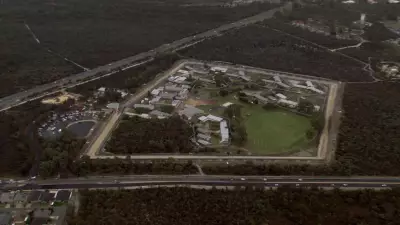
Australia's political landscape has been thrown into turmoil as the Liberal Party confronts an unprecedented crisis in its net zero coalition, forcing an emergency rethink of the nation's emissions reduction strategy.
Coalition Collapse Sparks Policy Chaos
The carefully constructed net zero alliance that underpinned Australia's climate commitments is disintegrating, leaving government ministers scrambling to develop a new framework within days rather than months. This political earthquake has exposed deep fractures in Australia's approach to climate action.
Key partners have abruptly withdrawn their support, creating a domino effect that threatens to undermine the entire emissions reduction architecture. The speed of the collapse has caught senior figures off guard, with insiders describing the situation as "rapidly deteriorating."
Emergency Response Underway
Senior government sources confirm that high-level crisis meetings are occurring around the clock as officials race against time to prevent complete policy failure. The urgency stems from both domestic political pressure and international obligations that now hang in the balance.
The policy vacuum created by the coalition's breakdown presents both a challenge and opportunity for the government. Some ministers see this as a chance to implement more ambitious targets, while others warn against moving too quickly without adequate industry consultation.
What This Means for Australia's Climate Future
- Immediate review of all current emissions reduction policies
- Potential for more ambitious 2030 and 2035 targets
- Renewed focus on renewable energy investment
- Possible restructuring of climate advisory bodies
- Emergency consultations with state governments and industry leaders
The coming days will be critical in determining whether Australia can maintain its climate commitments or faces being left behind in the global transition to clean energy. With international climate conferences looming and domestic pressure mounting, the government's response to this crisis could define Australia's environmental legacy for decades to come.





